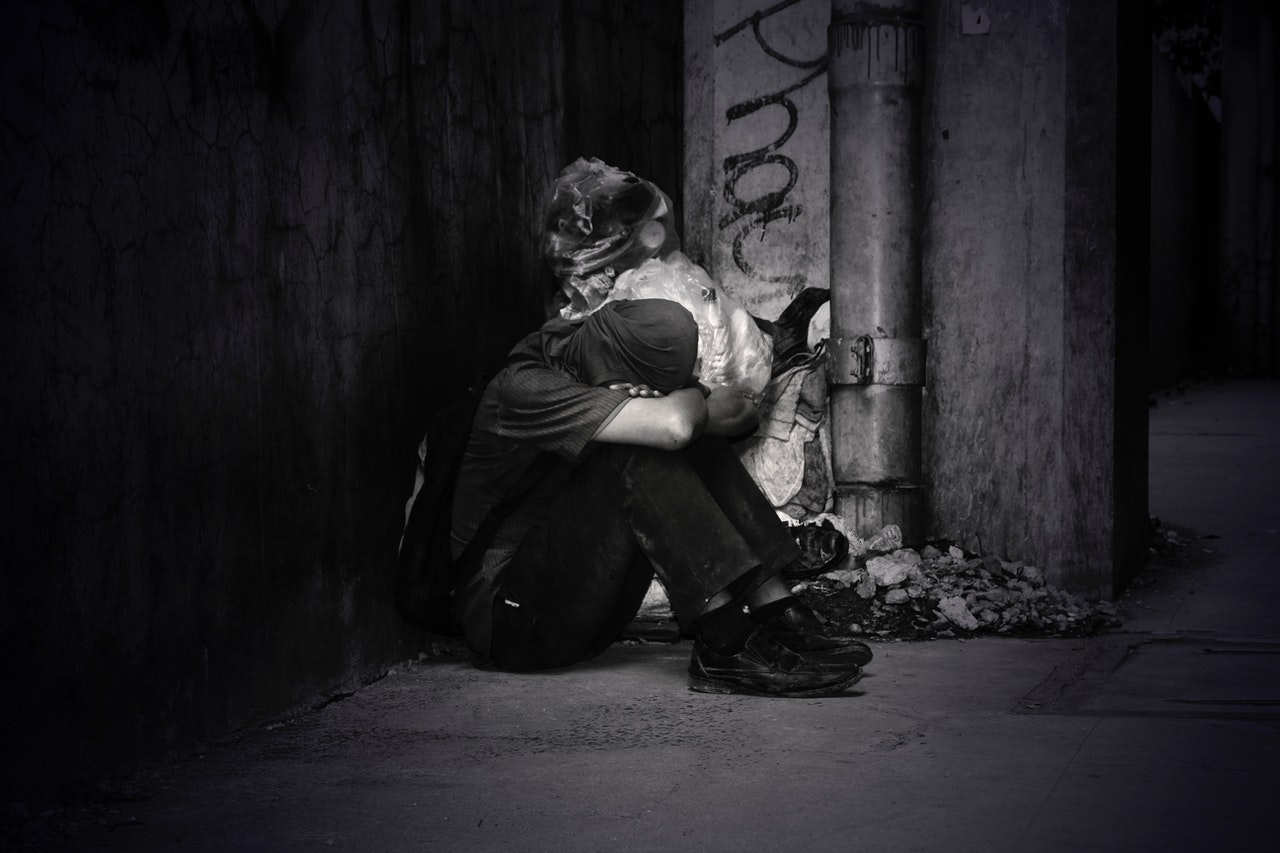Rough sleeping in London during lockdown was up a third on last year, London Assembly analysis has revealed.
There were almost 450 young people sleeping on the streets – including two children.
And the number of rough sleepers with mental health problems – a particularly vulnerable group – rose almost a third, from 934 to 1,220 people.
The problem is particularly stark as the Covid-19 recession bites – with charities previously warning the Local Democracy Service of a “second wave” of homelessness.
Between April and June this year there were 4,227 rough sleepers in the capital – up from 3,172 in the same period last year.
And this year the number of people on the streets was up two thirds on two years ago, when 2,595 were sleeping rough.
During the toughest coronavirus lockdown, more than 1,000 homeless people were moved from communal shelters or helped off the streets and accommodated in hotels.
This means some people in this count who would otherwise have been on the streets were not sleeping rough over this period.
The Mayor is now trying to help everyone who was moved to a hotel to find a longterm route out of homelessness.
But speaking at Mayor’s Question time, Sadiq Khan warned that his efforts were being thwarted by Government – because more than half of London’s rough sleepers are foreign nationals, many of whom have no access to public money.
NOW READ: City Corporation calls on Labour to back a green recovery for the capital
Homelessness charities previously told the Local Democracy Service that applications to the Home Office to support these people had slowed during lockdown.
The new figures come just days after City Hall data revealed more than 10,000 people had slept on the streets in the last year by the time the pandemic hit – a 20% jump on the previous year.
During lockdown the picture has been mixed across the city – Barking and Dagenham saw the worst increase in rough sleeping, up a shocking 933% on last year, from six to 62 people.
There was a 258% increase in Hounslow, from 24 to 86 people, and a 255% increase in Enfield, from 31 to 110 people.
Wandsworth (253%), Waltham Forest (200%) and Greenwich (190%) were also among the worst affected areas.
But Sutton drove down rough sleeping 71%, from 14 to four people, and Kingston (30%), Westminster and the City of London (both 20%) also saw decreases on last year.
London Assembly housing committee chairman Murad Qureshi said the figures looked “ominous” with the Government’s eviction ban now ended.
“When the time comes this could spell another surge in the numbers of Londoners being made homeless, and could lead to rising levels of people sleeping on the street,” he warned.
“People deserve a roof over their heads and seeing such notable increases in the number of rough sleepers with mental health issues and amongst young people is alarming.”
For the latest headlines from the City of London and beyond, follow City Matters on Twitter, Instagram and LinkedIn.







